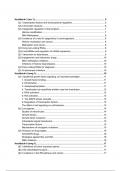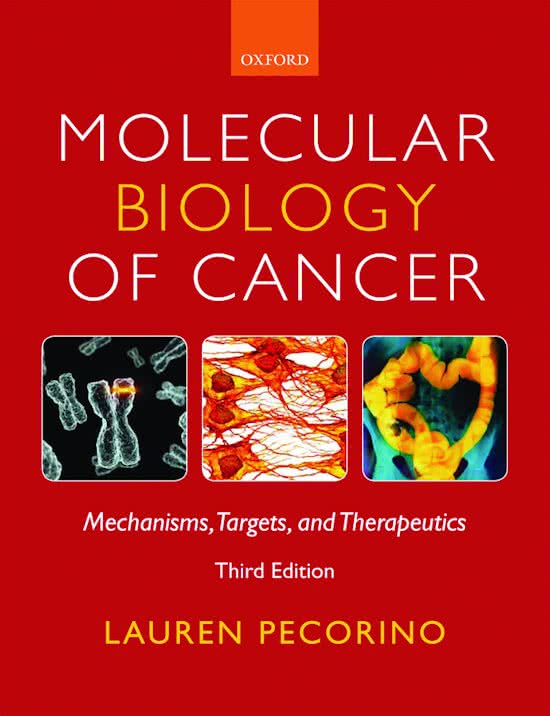Resume
Samenvatting Hoofdstukken Molecular Biology of Cancer per OWG! - DOOR DEZE SAMENVATTING HEB IK DIT VAK NA 5X OPNIEUW MAKEN GEHAALD
- Cours
- Établissement
- Book
Dit is een extensieve samenvatting voor FABA304 - Oncologie, waarop de focus gelegd is op het boek Molecular Biology of Cancer van Lauren Pecorino. Ik heb echt alle details van dit boek eruit gehaald - precies de dingen waar je overheen leest, omdat je denkt dat het niet belangrijk is voor het tent...
[Montrer plus]




